Before you get too excited about publishing your book, you need to understand the different file formats. Each marketplace accepts specific file formats, and you’ll need to create the correct one for your chosen venue.
Founder
Dave Chesson
When I am not fighting dragons or chasing the bogey man out of my kids' closet, I like using my previous Online Optimization skills to help other authors with the 'technical' stuff and get the right authors to the top of Amazon and any other eBook service out there.

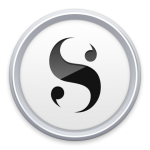
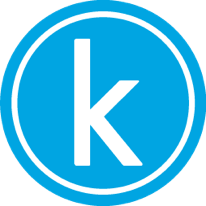


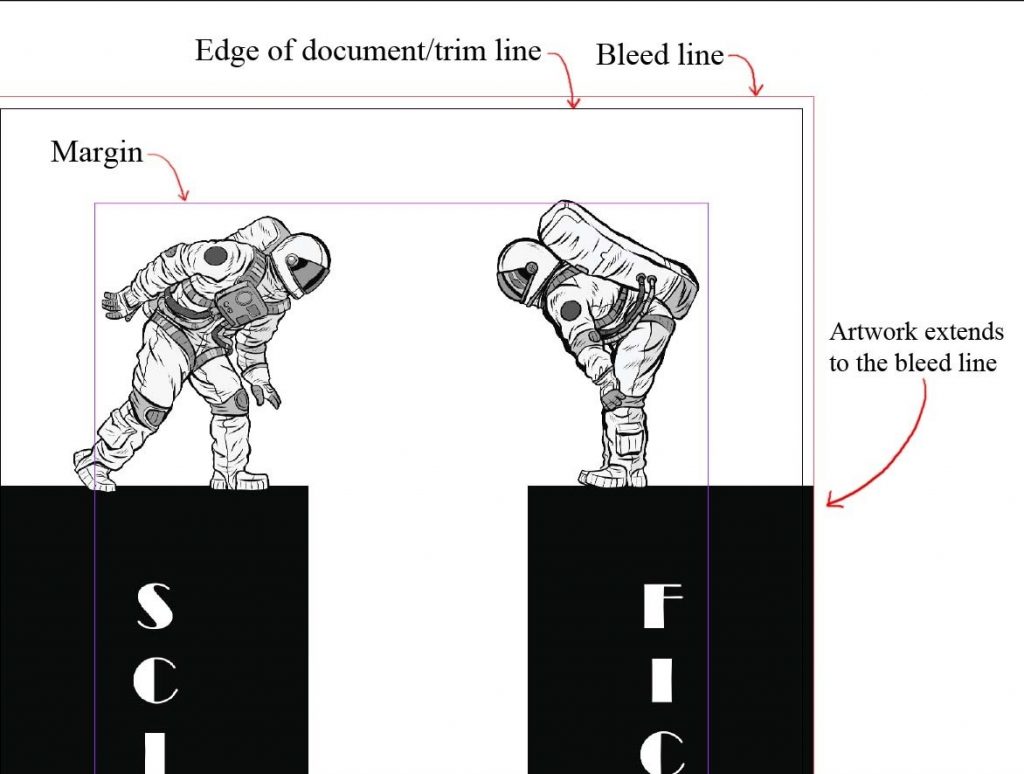
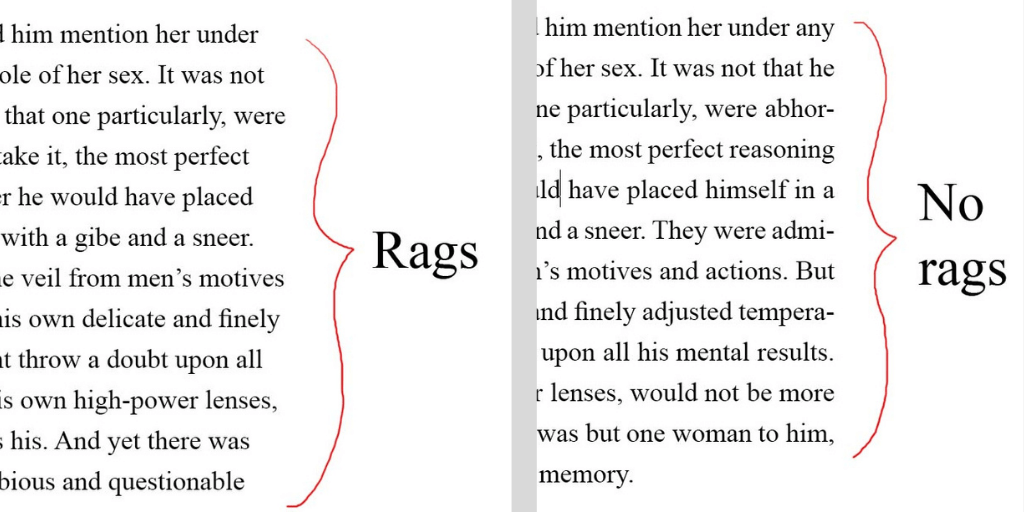
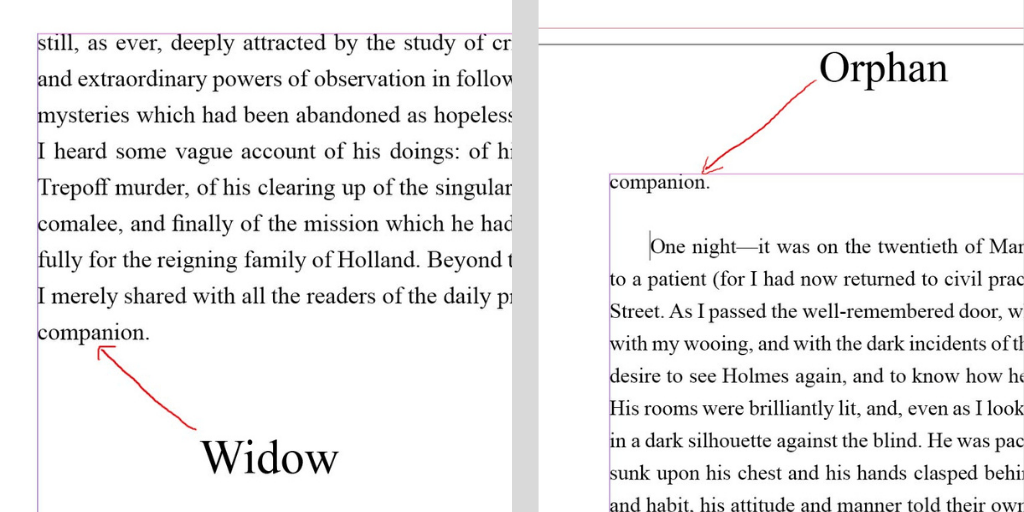

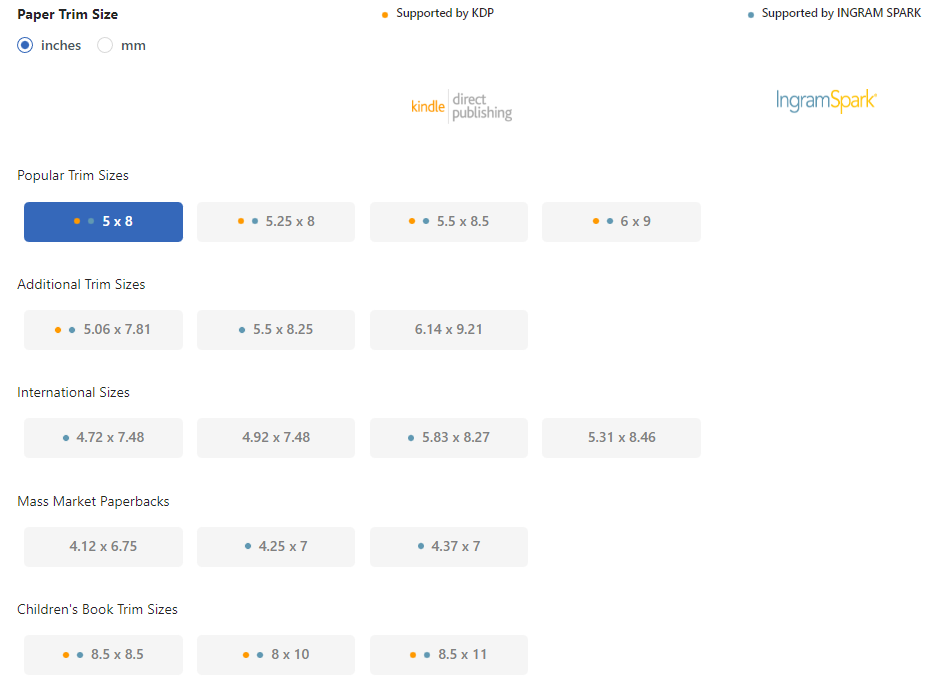
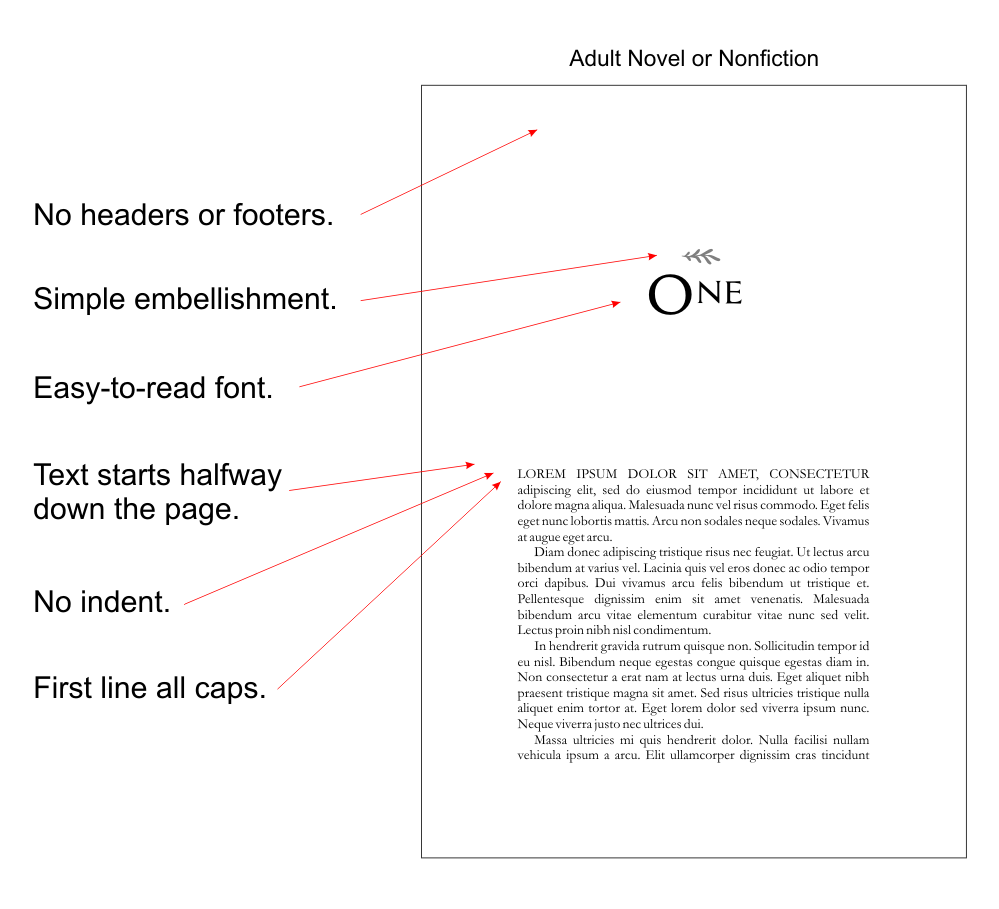
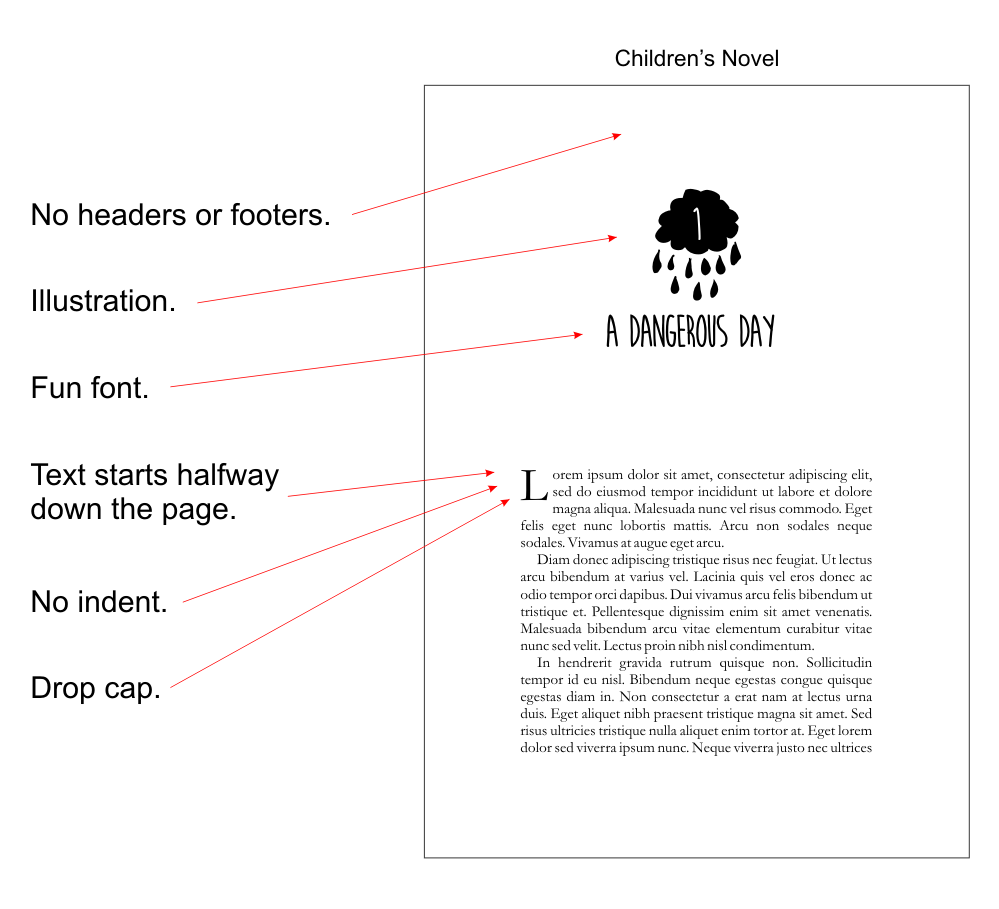
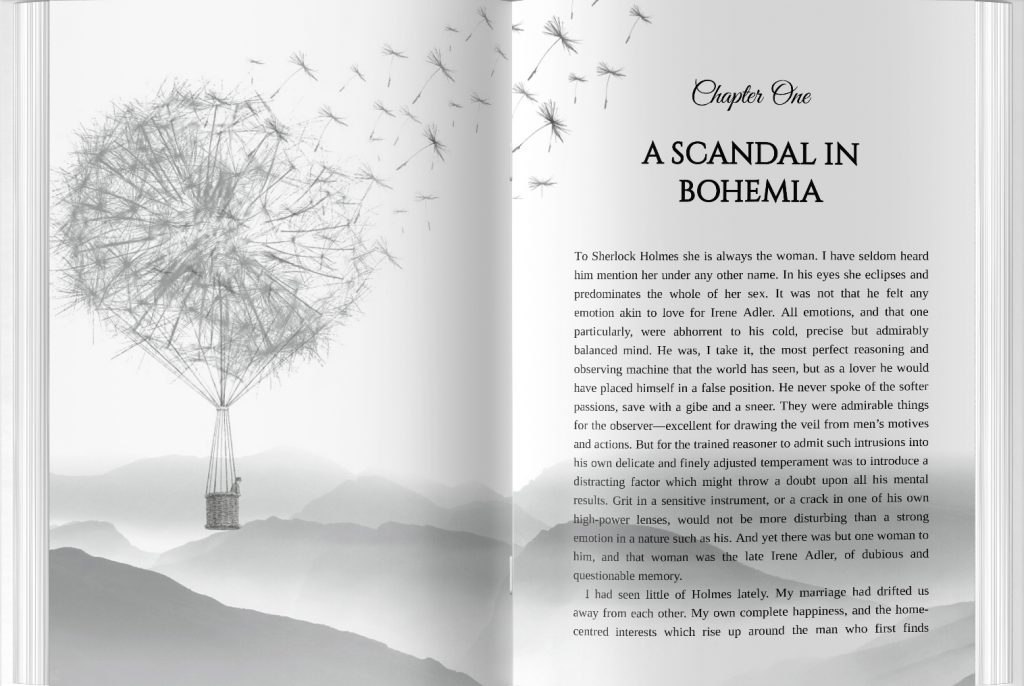
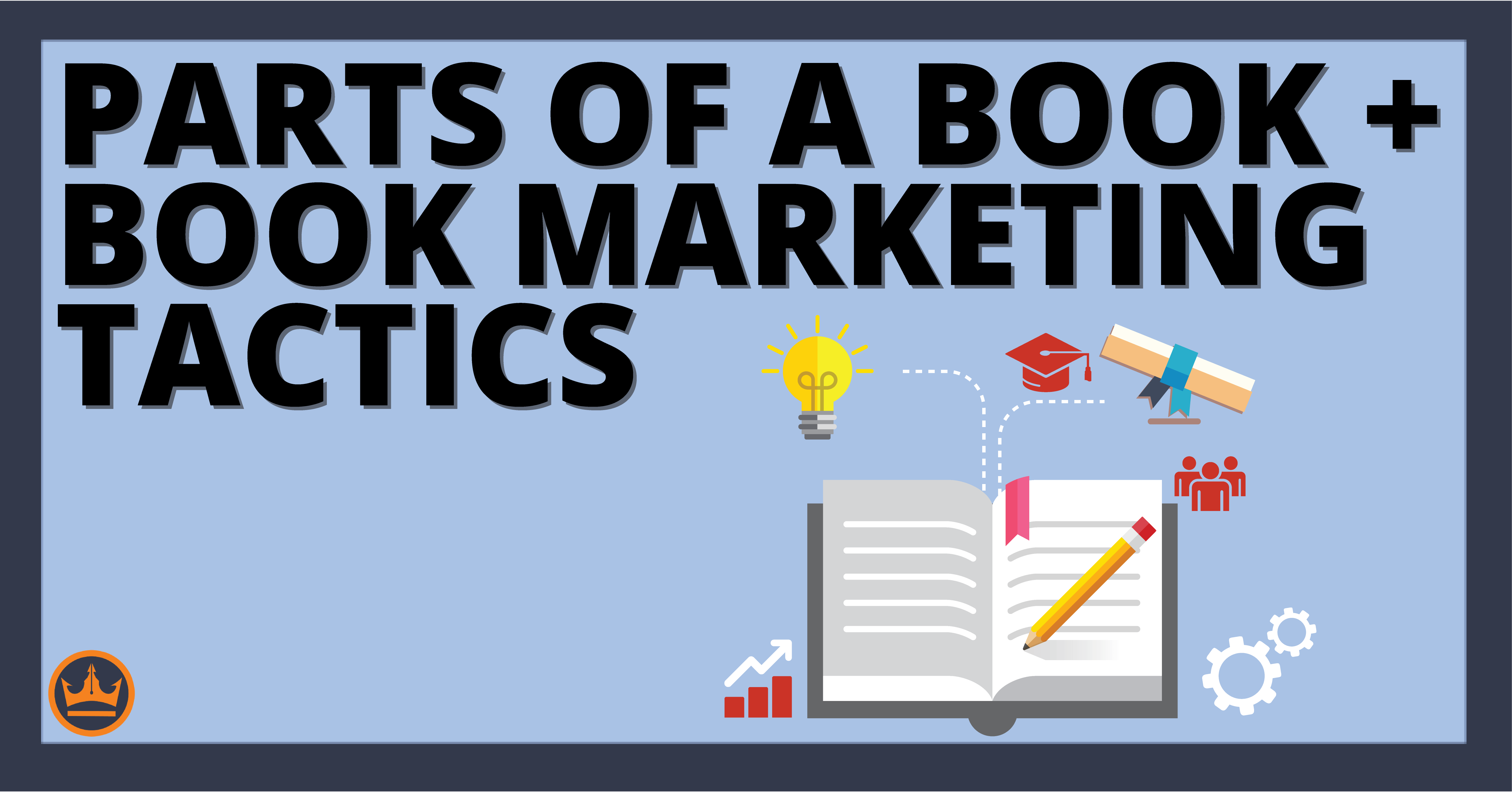
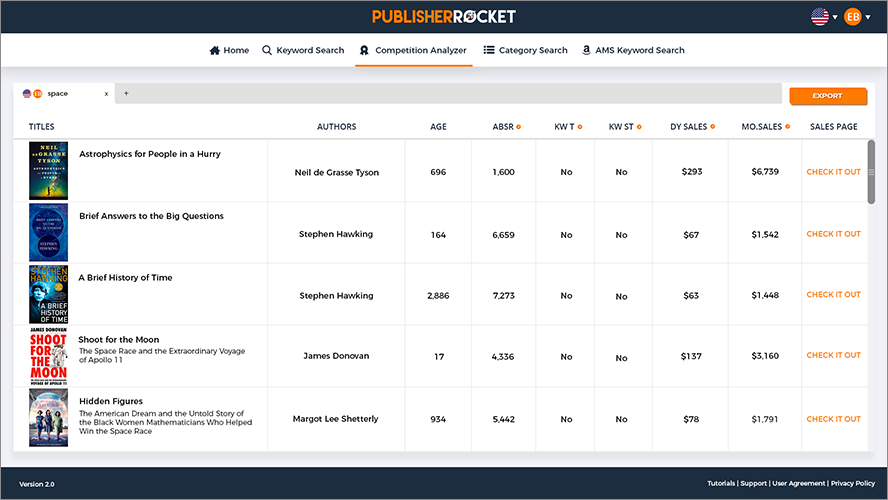
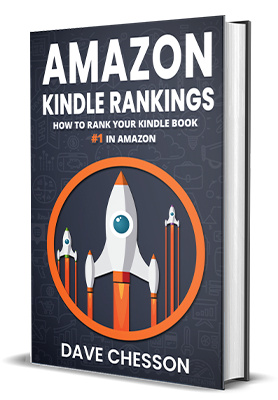
I have formatted 21 novels in MS Word and found it to be more than up to the task. Formatting for Kindle is the most problematic, but more than doable. I have also formatted all of my own 6×9 paperbacks and recently hardcovers. Once you get the basics down, it is fairly easy.
So, I write the novel in MS Word, all the time remembering to get it basically pre-formatted. Then getting the ebook and paper book formats become a simple job.
The real secret to everything is having a second set of eyes review it. Nothing is perfect, but the review will turn up most of the simple typos and common editing errors.
Glad that’s working out for you. If you have a process, then things can definitely get more efficient.
Why not include Scribus in layout software?
Because I’ve never heard of it, nor be recommended it by any author. But I guess I’ll give it a look.
Dave, the table of contents popped up on this page and obscured the content. Needs a ‘close’ x box!